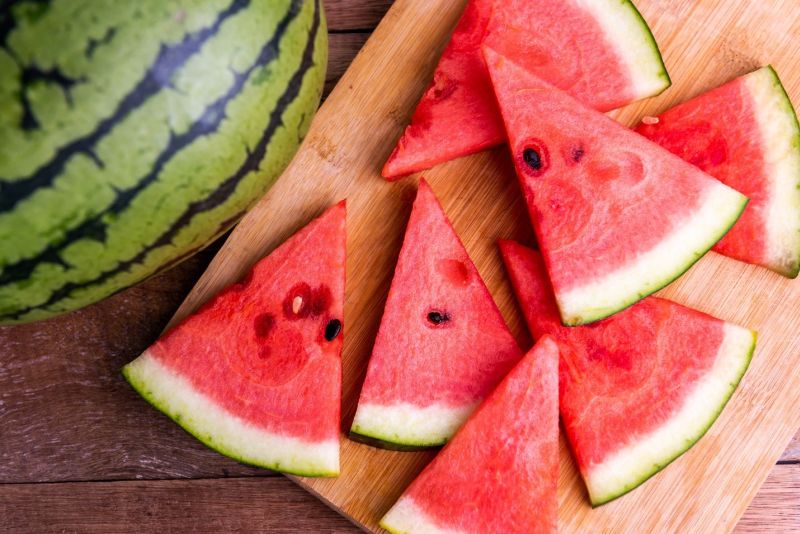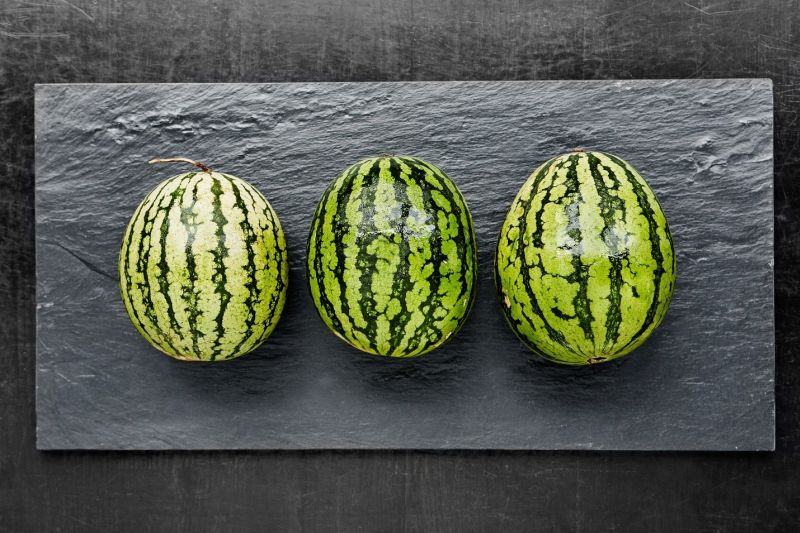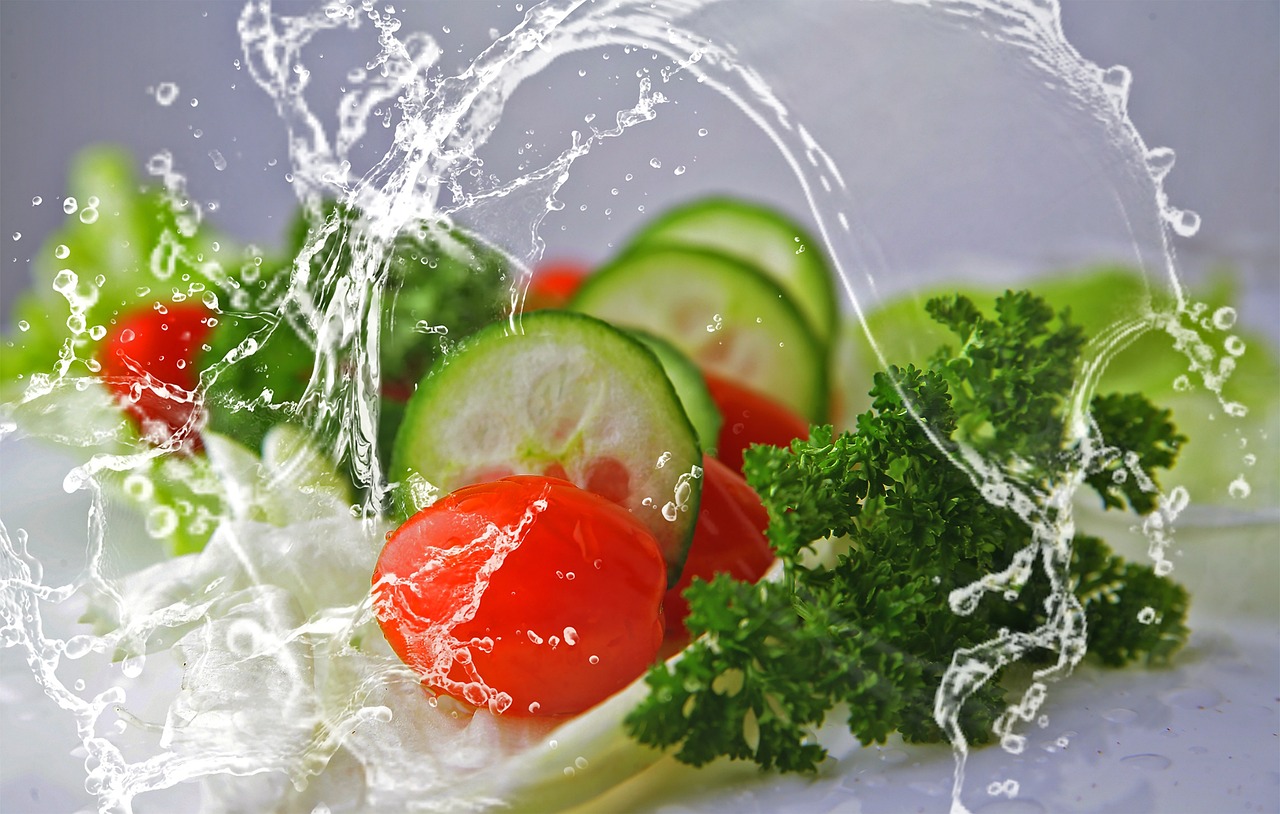
What Germs to Avoid While Eating in Restaurants
Tips for a Safe and Healthy Meal
Restaurants are a suitable place to enjoy a meal with family and friends. However, they can also be a breeding ground for germs that can cause illnesses. Knowing what germs to avoid while eating in restaurants can help prevent the spread of diseases and keep you and your loved ones healthy.

One of the most common sources of germs in restaurants is food. Germs that cause food poisoning can grow quickly in food that is not stored or cooked properly. To avoid getting sick, it is important to make sure that the food you are eating is cooked thoroughly and served at the right temperature. Hot food should be served hot, and cold food should be served cold. If you are selecting food from a buffet or salad bar, make sure that the hot food is steamed, and the cold food is chilled. Mayo Clinic suggests avoiding food served lukewarm because germs that cause food poisoning to grow quickly when food is in the danger zone, between 40- and 140 degrees Fahrenheit.
Another source of germs in restaurants is surfaces that are touched frequently by multiple people, such as menus, condiment bottles, and door handles. These surfaces can harbor germs that can spread to your hands and then to your mouth or eyes. To avoid getting sick, it is important to wash your hands frequently and avoid touching your face. You can also use hand sanitizer if soap and water are not available. Additionally, some restaurants have started using touchless menus or disposable menus to reduce the spread of germs. Taste of Home suggests carrying disinfecting wipes or a small bottle of hand sanitizer to clean surfaces before touching them.
Understanding Germs
When it comes to eating out, understanding germs is crucial to avoid getting sick. Germs are tiny organisms that can cause diseases and infections. They can be found everywhere, including in restaurants. Some common types of germs that can be found in restaurants include bacteria, viruses, and parasites.
Bacteria are single-celled microorganisms that can cause food poisoning. They can be found in raw meat, poultry, seafood, and eggs. When these foods are not cooked properly, the bacteria can survive and cause illness in those who consume them.
Viruses are another type of germ that can cause illness. They can be found in contaminated food, water, and surfaces. Examples of viruses that can be found in restaurants include norovirus and hepatitis A.
Parasites are organisms that live on or inside other organisms. They can be found in contaminated food and water. Examples of parasites that can be found in restaurants include Giardia and Cryptosporidium.
To avoid getting sick from these germs, it is important to take certain precautions when eating out. These precautions include:
- Washing hands frequently with soap and water
- Avoiding touching the face, mouth, and eyes
- Choosing restaurants that have a good reputation for cleanliness and food safety
- Checking the restaurant’s health inspection score
- Avoiding undercooked meat, poultry, seafood, and eggs
- Ensuring that hot foods are served hot and cold foods are served cold
- Refrigerating leftovers promptly
By understanding germs and taking these precautions, individuals can reduce their risk of getting sick when eating out.
Common Germs in Restaurants

https://healthandhealingai.com/holistic-therapies-for-mind-body-spirit-harmony/ Restaurants and Germa Photo by Artur Tumasjan
When dining out, it’s important to be aware of the common germs that can be found in restaurants. Here are a few examples:
- Norovirus: This highly contagious virus can cause severe stomach and intestinal inflammation, leading to vomiting and diarrhea. It can be spread through contaminated food or surfaces and can survive for extended periods of time on surfaces like door handles, menus, and condiment bottles.
- Salmonella: This bacterium can cause food poisoning, with symptoms including fever, diarrhea, and abdominal cramps. It’s commonly found in undercooked or raw meat, poultry, eggs, and unpasteurized dairy products.
- E. coli: Other bacteria that can cause food poisoning, E. coli can lead to severe diarrhea, abdominal pain, and vomiting. It’s often found in undercooked beef and raw vegetables and can be spread through contaminated water or surfaces.
- Staphylococcus aureus: This bacterium can cause food poisoning, with symptoms including nausea, vomiting, and diarrhea. It’s commonly found in foods that are prepared and left at room temperature for prolonged periods of time, such as salads and sandwiches.
To avoid these germs, it’s important to practice good hygiene and food safety habits when dining out. This includes washing your hands frequently, avoiding undercooked or raw foods, and ensuring that hot foods are served hot and cold foods are served cold. Additionally, it’s a good idea to avoid touching shared surfaces like menus, condiment bottles, and door handles, and to use hand sanitizer when washing your hands isn’t possible.
Food Handling and Germs

When eating out, it’s important to be aware of the potential for germs to spread through improper food handling. The following sub-sections will discuss some common ways that germs can be spread through food handling in restaurants.
Cross Contamination
Cross-contamination occurs when germs from one food item are transferred to another food item. This can happen when cutting boards, utensils, or hands are not thoroughly cleaned between handling diverse types of food. For example, if a chef uses the same knife to cut raw chicken and then uses it to cut vegetables without washing it in between, the vegetables can become contaminated with the bacteria from the chicken.
To avoid cross-contamination, restaurants should have separate cutting boards and utensils for several types of food, and employees should be trained in proper hand washing techniques.
Improper Food Storage
Improper food storage can also lead to the spread of germs. If food is not stored at the correct temperature, bacteria can grow and multiply. For example, if raw meat is left out at room temperature for too long, the bacteria can multiply to dangerous levels.
Restaurants should have proper refrigeration and storage systems in place to keep food at the correct temperature. Employees should also be trained in proper food storage techniques, such as keeping raw meat separate from other foods and storing food in airtight containers.
Inadequate Cooking
Inadequate cooking can also lead to the spread of germs. If food is not cooked to the correct temperature, bacteria can survive and cause illness. For example, if chicken is not cooked to an internal temperature of 165°F, the bacteria can survive and cause food poisoning.
Restaurants should have proper cooking equipment and employees should be trained in proper cooking techniques and temperature monitoring. It’s also important for customers to ensure that their food is cooked to the correct temperature before consuming it.
By being aware of these common ways that germs can spread through food handling, both restaurants and customers can take steps to prevent the spread of illness.
Personal Hygiene of Restaurant Staff

Hygiene of Restaurant Staff Photo by Andrea Piacquadio
The personal hygiene of restaurant staff is crucial when it comes to preventing the spread of germs and diseases. Restaurant employees should follow strict hygiene practices to ensure that the food they serve is safe for consumption.
One of the most important aspects of personal hygiene is hand washing. Restaurant staff should wash their hands regularly with soap and warm water, especially after using the restroom, handling raw meat or poultry, and touching their face or hair. Hand sanitizers can also be used as an alternative to hand washing, but they should not be used as a substitute for hand washing.
In addition to hand washing, restaurant staff should also maintain a clean uniform and keep their hair tied back or covered to prevent hair from falling into food. Fingernails should be trimmed and cleaned, and employees should avoid wearing jewelry that can harbor bacteria.
Restaurant staff should also be aware of the symptoms of illness and should not work if they are experiencing any symptoms such as vomiting, diarrhea, or a fever. Sick employees can easily spread germs to customers and other staff members, so it is important to stay home when ill.
By following these simple personal hygiene practices, restaurant staff can help prevent the spread of germs and diseases and ensure that the food they serve is safe for consumption.

Sanitation Practices Photo by Towfiqu Barbhuiya
When eating out, it’s essential to pay attention to the cleanliness of the establishment. Here are some sanitation practices that restaurants should follow to ensure that their customers are eating in a clean environment.
Cleaning and Disinfection
Regular cleaning and disinfection of surfaces in a restaurant are crucial to prevent the spread of germs. Restaurants should have a cleaning schedule in place and ensure that all surfaces, including tables, chairs, and menus, are cleaned and disinfected regularly.
It’s also important to use the right cleaning products to ensure that surfaces are properly disinfected. The CDC recommends using EPA-registered disinfectants that are effective against a wide range of germs.
Pest Control
Pests can carry harmful germs and bacteria, so it’s essential to have a pest control plan in place. Restaurants should work with a professional pest control company to prevent and control pests.
To prevent pests, restaurants should ensure that all food is stored properly, and all garbage is disposed of promptly. They should also seal any cracks or gaps in walls or floors to prevent pests from entering the building.
By following these sanitation practices, restaurants can ensure that their customers are eating in a clean and safe environment.
Tips to Avoid Germs in Restaurants
When dining out, it’s important to take precautions to avoid germs and stay healthy. Here are some tips to help you stay safe while eating in restaurants:
Check Inspection Scores
Before choosing a restaurant, check its inspection score. Most states require restaurants to post their inspection scores in a visible location, such as near the entrance or in the lobby. If you can’t find the score, ask a staff member. Look for a score of 90 or above, which indicates that the restaurant meets health and safety standards.
Observe Cleanliness
Observing cleanliness is crucial when eating in restaurants. Pay attention to the cleanliness of the restaurant, including the tables, chairs, and floors. If you notice any dirty or unsanitary conditions, alert a staff member. Also, be sure to wash your hands before eating and after using the restroom.
Avoid Buffets
Buffets can be a breeding ground for germs. With so many people handling the same utensils and serving spoons, it’s easy for germs to spread. If you must eat at a buffet, use a clean plate each time you go back for more food. Also, avoid touching your face or mouth while eating, as this can transfer germs from your hands to your mouth.
By following these tips, you can reduce your risk of getting sick while eating in restaurants. Remember to always use common sense and trust your instincts when it comes to cleanliness and hygiene.
Conclusion
In conclusion, eating out at restaurants can be a fun and enjoyable experience, but it’s important to be aware of the potential risks associated with germs and foodborne illnesses. By following simple tips such as washing hands frequently, avoiding undercooked meats and eggs, and being mindful of cross-contamination, diners can significantly reduce their chances of getting sick.
Additionally, wearing a mask when not eating or drinking and practicing social distancing can also help prevent the spread of germs, especially during times of heightened concern such as a pandemic.
Overall, it’s important to stay informed and take precautions when dining out to ensure a safe and healthy experience. By being mindful of potential risks and taking steps to minimize them, diners can enjoy their meals with peace of mind. Go to this Page about the 7 Germs Lurking in Restaurants.








